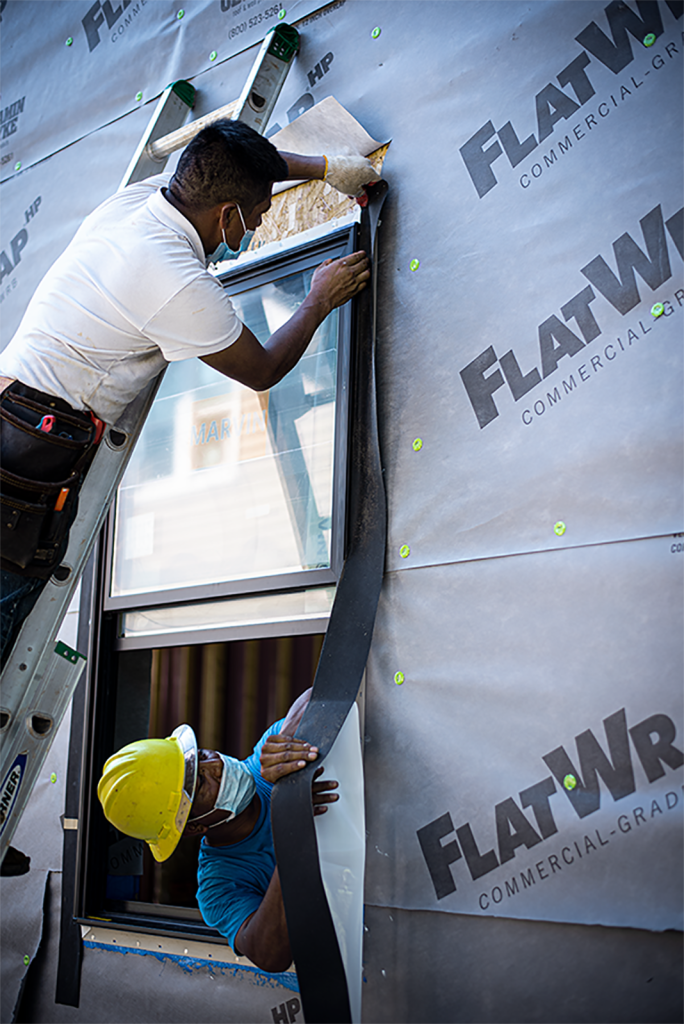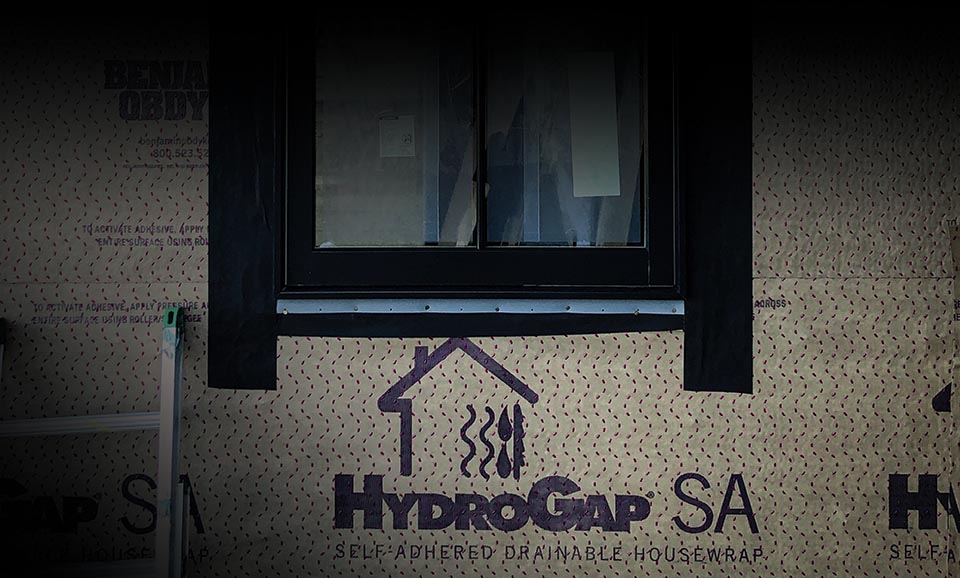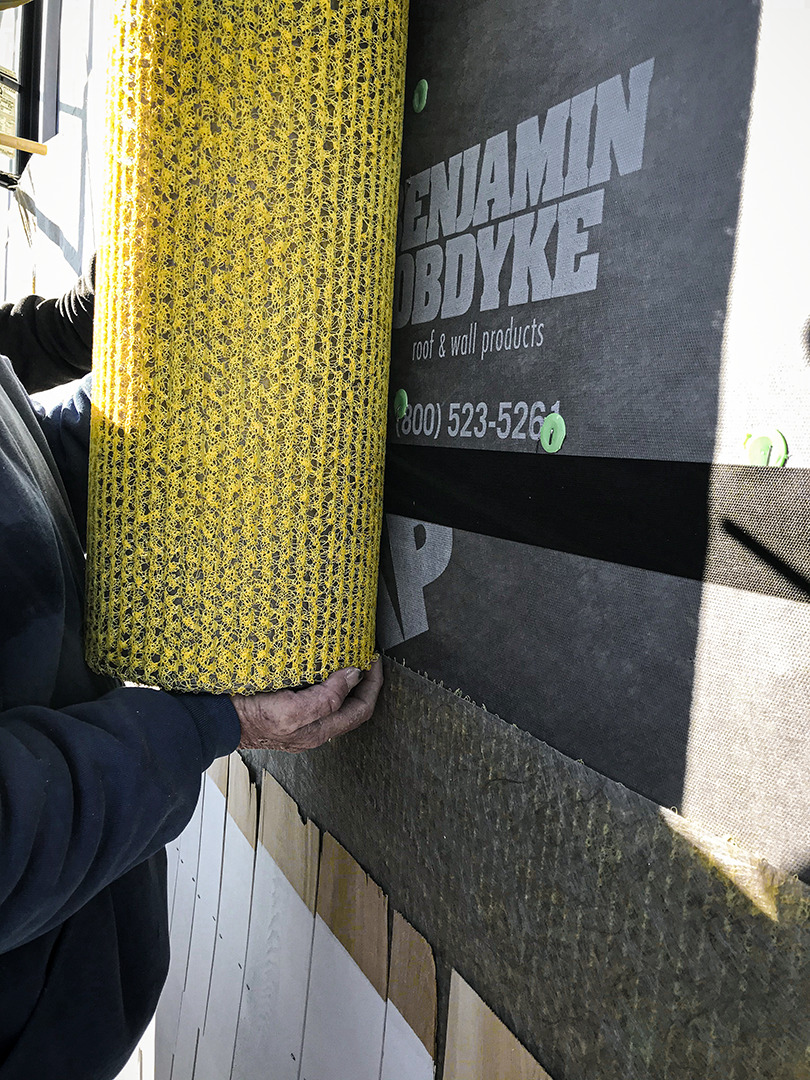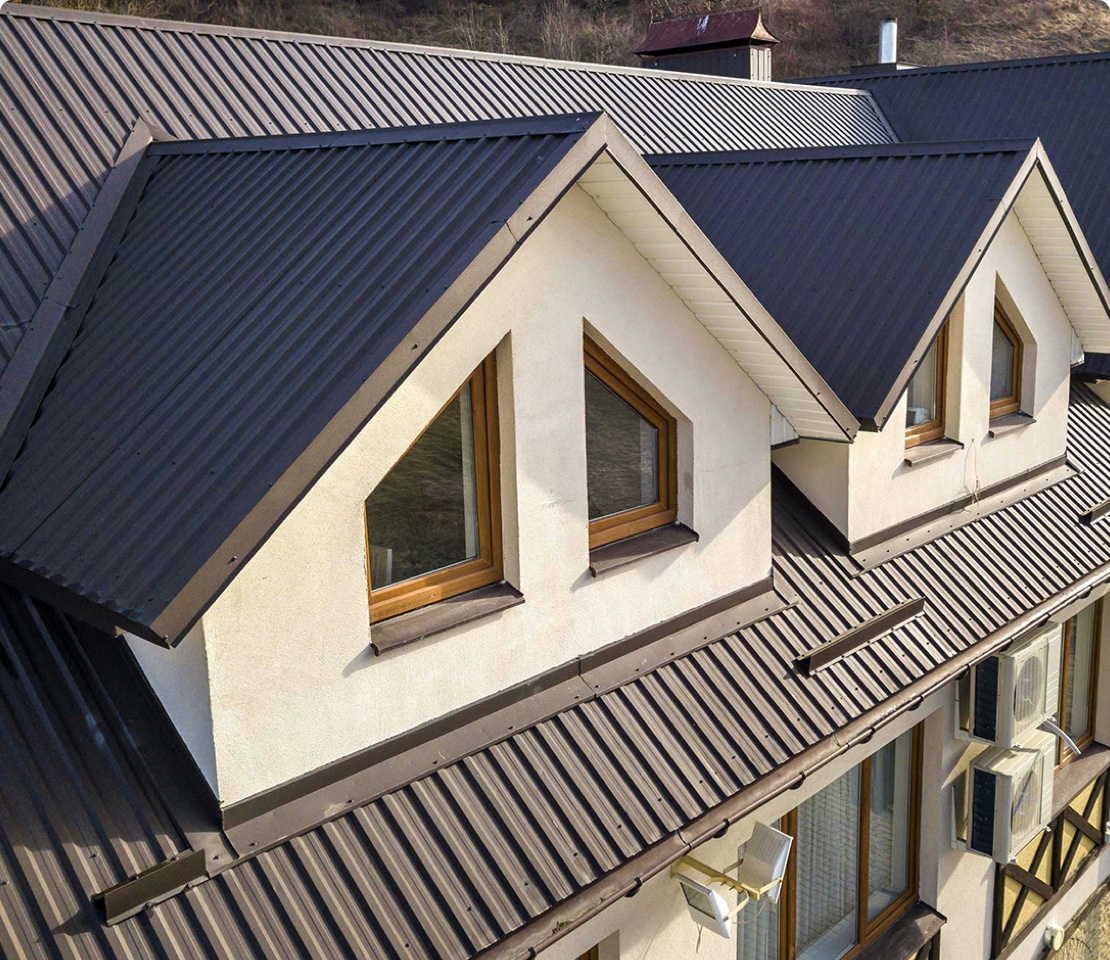Not all flashing tapes are created equal, and some have their own unique features you should consider when choosing which one to use for your project. For example, our general-purpose flashing tape, HydroFlash GP, and our UV-stable flashing tape, HydroFlash UV+, have three differentiators: UV resistance, vapor permeability, and facer material. Keep reading to see how each of these should factor into your choice for a flashing tape.
UV Resistance
If you require UV-resistant flashing tape, it’s obvious which one you should choose (HydroFlash UV+, by the way). You can think of this as HydroFlash GP with a little extra oomph and a lot more sunscreen. While HydroFlash GP has a sun exposure rating of 180 days, the UV-resistant facer of HydroFlash UV+ ensures it can stand prolonged sun exposure for up to 12 months. The latter is an excellent option for open-joint cladding projects or if you’re running into timing issues with other materials that will expose your flashing tape to the elements for longer.
Vapor Permeability
The vapor permeability refers to the material’s ability to allow water vapor to pass through itself. HydroFlash UV+ is one of the first flashing tapes readily available on the market that is vapor permeable, also referred to as vapor open, making it ideal for almost all applications. Read below to learn more about the difference between vapor-open and vapor-closed membranes and where they are each best suited to be used.
Vapor Open
When you install a vapor-open flashing tape around the rough opening of a window, you are increasing your chances of preventing moisture damage and rot to the sheathing.
The standard 1/8-inch gap between sheathing boards allotted for expansion is the layer that becomes the path of least resistance for water to move from the interior of the envelope to the exterior. When using the sheathing as an air control layer, taping the seams maximizes the drying potential of your building envelope. If you want to achieve this, HydroFlash UV+ is the winner for you.

HydroFlash UV+ Samples
GET YOUR FREE SAMPLES TODAY
Vapor Closed
Though the vapor-open HydroFlash UV+ works in many scenarios, there are projects where using a vapor-closed tape, like HydroFlash GP, is necessary. For example, if you’re installing a deck ledger directly against a house, you may have a code requirement that requires you to use a vapor-closed material to seal the gap. The reason for this is because is the deck ledger can absorb water and push it through a vapor-open tape or housewrap. Another scenario where you should use HydroFlash GP is if there are potential areas for water to form a puddle behind the wall. For example, if you have a non-pitched detail area with a large horizontal surface, HydroFlash GP will ensure that standing water doesn’t penetrate the building envelope.
Facer Material
The two of our flashing tapes have their unique facers. While HydroFlash GP sports a polyethylene facer that gives it stretch, making it ideal for corner applications. It goes without saying that the stretching ability makes it easier to manipulate and form around an outside corner. However, HydroFlash UV+ has a more robust polypropylene facer giving it increased abrasion resistance and sturdiness. It is a great solution when used as a sealing treatment where you are sliding the window around on top of the flashing tape when installing it into place.
Both HydroFlash GP and HydroFlash UV+ have their winning moments. No matter which flashing tape you choose, ensure its performance meets the project requirements to achieve a successful installation and longevity of the building envelope.




